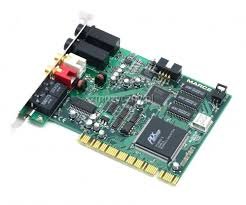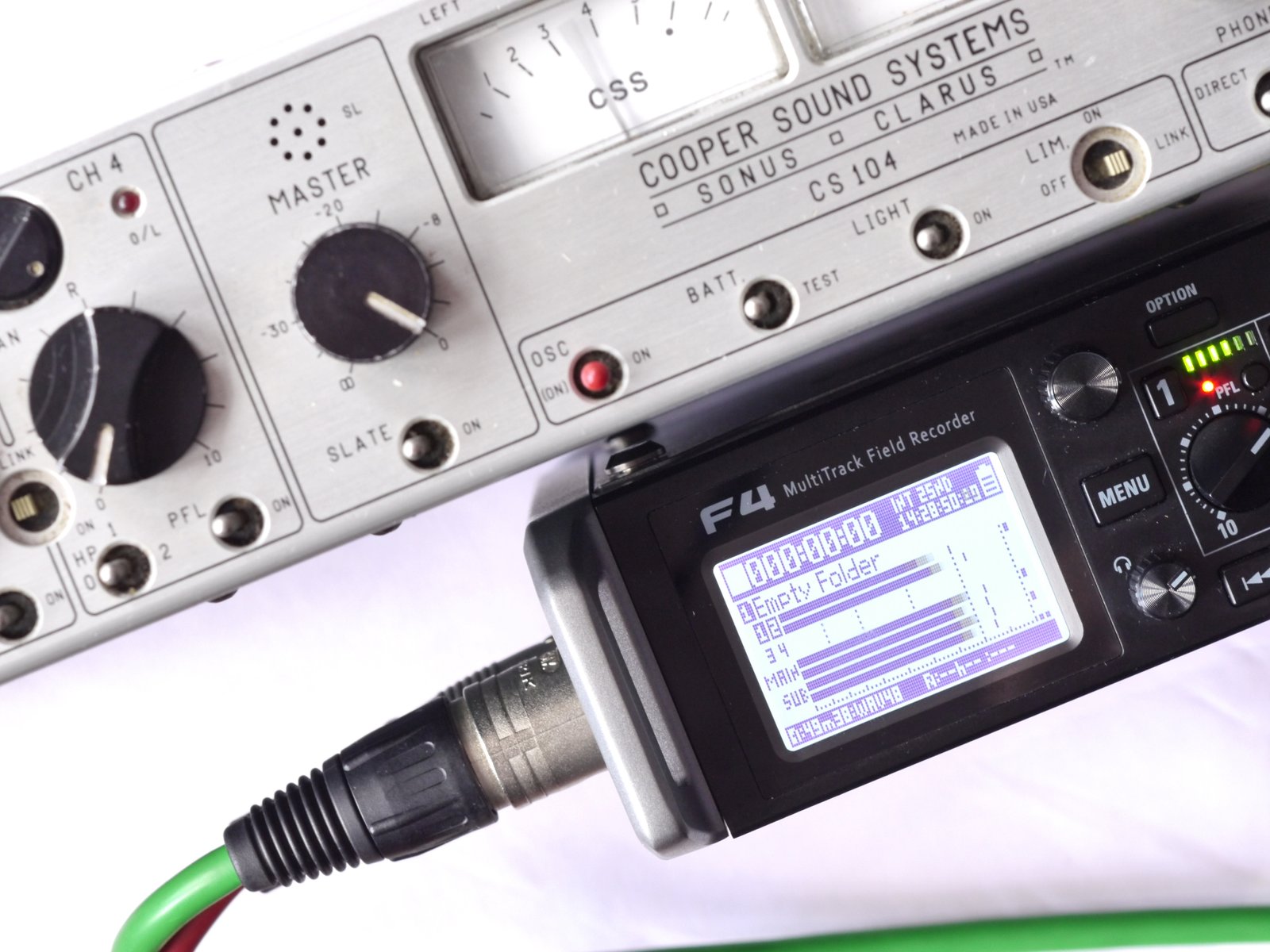Where are the audio interfaces of yesterday? The Zefiro ZA2 – doyen of the ISA bus, went down with the ship.
The Marian Marc 2, one of the greatest two channel cards in it’s day died a driver death with XP along with the
Terratec 6fire. The Gadget lab disappeared with the company and the the Mackie firewire – I think beer killed that one.
With most of the demises down to obsolescence rather than failure, buying outside the crowd takes a bit of courage. Which punchy newcomers Resident Audio seem to have by the bucket. Their strap line is right in your face, especially if your face is usb audio interface shaped. ‘Lead, follow, or get out of the way.’ Resident seem determined to be noisy neighbours to the ubiquitous usb interface crowd.
The upstart firm out of New York City have launched not one but two affordable Thunderbolt based audio interfaces. And with a design guru with a backstory at ESI, Resident may be new but there’s plenty of audio interface experience under the hood.
Now you can probably shake your cynical old head and reel off twenty reasons starting with Betamax and building to the new USB C only Macbook for ignoring Thunderbolt – but I’m going to be contrarian and cheer for the underdog. If two of the worlds biggest glomerates Apple and Intel in cahoots can be described as the underdog.
So why is Thunderbolt a good idea? Well first because Thunderbolt is PCIe configured for outside the box and that means cool things. Big bandwidth, low latency. And yes I know bandwidth is not the issue in a four channel interface and yes I know that guys like RME have fearsomely low latency in their usb drivers. But bear with me. With Thunderbolt an adapter cable to your existing firewire interface is twenty quid. Pretty neat from the legacy perspective, try doing that with your usb interface. And of course every new Mac bar the new MacBook, rolling off the line has a Thunderbolt port and much of our industry is OSX centric. Take the Macbook Air – the old one had two usb ports and a mini displayport. The current model has two usb ports and a mini display port, because Thunderbolt is not just PCIe but also DisplayPort. And not last or least the Thunderbolt powerbus offers 18V and carries 10 watts of power.
What can you do with a mighty ten watts of power? Well Resident Audio can make a T4 interface with four mics amps all with 48V phantom and power them all down the interface cable. And to make your life easy they even throw in a short but functional interface cable. Now Resident’s silicon supremo (the enigmatically named ‘Chess’) claims that even with the extra electrons provided by Thunderbolt, Resident have had to impliment some custom chip wizardry to get this to work. I suppose time will tell. At the moment Zoom’s TAC 2 seems to be the only bus powered alternative, but offers only two mic amps. Casting a glance at Thunderbolt products from Focusrite and MOTU – I see dc inputs on the back.
Call me insufferably lazy or anally retentive about cable clutter but not having to plug in a wall wart makes me feel like a better person. And probably more importantly, it’s one less thing to pack, one less thing to forget and one more thing that if some idiot kicks it – will trash your whole session. So bus power is good news. The T4 is very definitely at the affordable end of the market and I wasn’t expecting the rather satisfying heft of the product in my hand. And a nice silver over black finish goes sweetly with your Cupertino lap top. This is well made kit.
The front panel has four combi xlr/jack inputs with individual gain controls, some switches for selecting line or instrument inputs and a 48v phantom switch. There are also two more controls the big one labelled monitor and a smaller knob for ‘input mix’. The T4 does need a driver on OSX and the software (alongside some Windows drivers) comes on a rather neato folding credit card style USB stick no Thunderbolt sticks yet? My mac has Yosemite 10.10.2 and the install was painless.
In use the T4 is simple. Let’s start with inputs. Open your DAW (Reaper in my case) and select the T4 and you will have four inputs available for recording. The software panel has some metering for inputs and outputs and gain control for outputs. Where outputs means replay from your computer. The panel also allows sample rate selection, buffersize is controlled by your DAW.
Each input knob on the T4 has a wrap around tri-colour led (as does the input to mix control) which indicates signal level. And it’s enough visual feedback to get you in the zone – use your DAW’s meters for fine grain adjustments. The mic amps are clean and well capable of getting your audio goodness down. Against my Nagra LB with I thought the Resident was possibly a shade brighter and maybe a tad thicker in the low mids. But with a good mic in the right place you will get great sound. Moving to dynamics I tried SM58s and my SQN mixer. Again the T4 did a fine job but was slighlty noisier than the SQN. As you might expect.
With the T4 at 44.1 and recording in 24 bit I worked my way down the buffer sample size. The absolute bottom seems to be about 14 samples. At 16 samples I was able to record all four inputs and record a three minute song without problems. This was into a clean edl. Having got four tracks down, I was able to play them back with no processing or effects and record another four tracks. Reaper declares this latency to be round about 1ms – which will take with a ladle of salt. But not too shabby. More complex edls are going to require an adjustment to the buffers. And with just the Thunderbolt connection phantom to three Neumann’s and an AKG wasn’t a problem and often overlooked there was ample headphone drive.

And so to outputs. Resident Audio have made a sterling attempt at keeping your lfe simple, automatically. In stereo mode – your monitors are plugged into outputs one and two and the level is controlled by the big monitor knob on the front panel. As is the volume to your headphones, note plugging your headphones in will mute the line outputs. You get a second parallel set of headphone outputs on output three.
When you plug up all four outputs then you automatically engage multichannel output mode. Now the monitor knob controls the headphone levels while the line outputs are controlled from the software panel. In multichannel mode the input mix control feeds only the headphones, while in stereo mode it also mixes the inputs with the stereo line output. Confused? I kind of am too but it all seems to work and keeps things clean and simple.
I like the T4 it is an intruiging blend of high quality sound and finish with functional and operational simplicity. There’s no digital i/o or word clock but the sound, convenience and usability make it a worthy flag bearer for Thunderbolt. And with MOTU mounting a bit of a Thunderbolt charge the Resident T4 is in good company. And if you want that package cheaper and smaller and only need two mic inputs, then the T2 is a steal. But you will have to buy a Thunderbolt cable if you opt for the baby brother.

